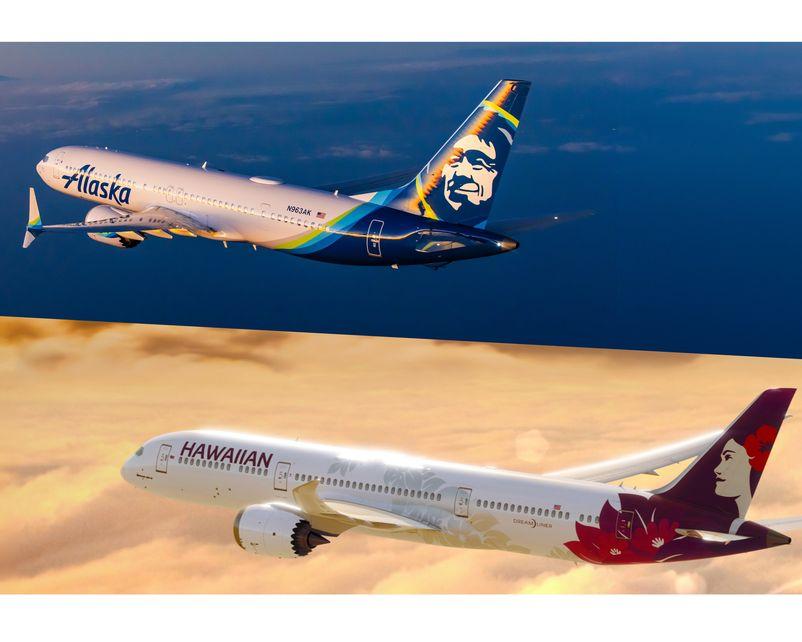
This week’s Flight Friday considers what Alaska Airlines and Hawaiian Airlines flights would look like if they were to combine.
Alaska Airlines recently announced its intension of acquiring Hawaiian Airlines for $1.9 billion. When we combine Alaska and Hawaiian monthly flights (cycles) on top of each other, the amazing pattern is that the combined airline would be very similar to JetBlue Airways, another operator that is looking to complete an acquisition, but with ULCC Spirit Airlines.
All three operators as of November 2023 are almost back to equivalent month 2019 levels, however Hawaiian’s utilization for most of 2023 has been above equivalent 2019 levels, in part due to Hawaiian having a larger fleet in 2023 compared to 2019. The Pratt & Whitney GTF issue however is beginning to make an impact on Hawaiian’s operations; two of its aircraft remained on the ground for the whole of November.
Alaska is not unfamiliar with airline acquisitions, having merged with Virgin America in 2018 after Alaska acquired the California-based carrier in 2016. Interestingly enough, Virgin America was an all-Airbus fleet, which Alaska wase keen to phase out. The backbone of the Hawaiian fleet is the A321neo and the A330, so it looks like Alaska will need to make a decision again on steps forward.
JetBlue is looking to increase its market share with the purchase of Spirit Airlines; however, the deal is currently going through an antitrust trial. An outcome is expected in late 2023, or early 2024.
This data was put together using Aviation Week’s Tracked Aircraft Utilization tool.





